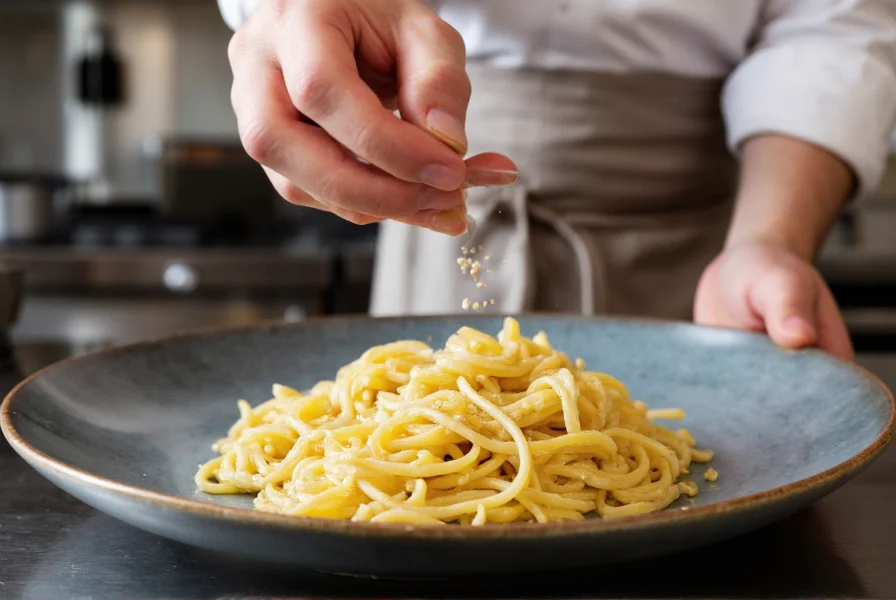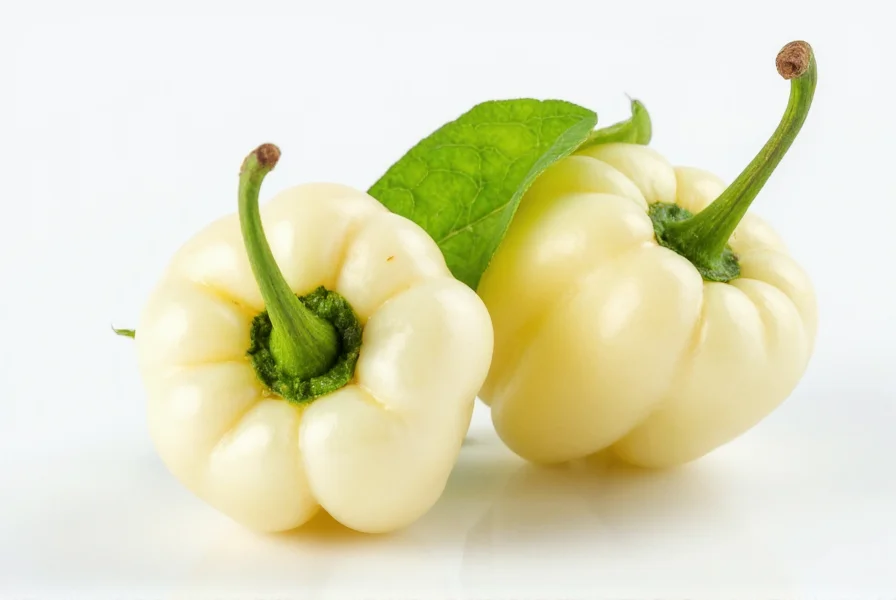Understanding the unique characteristics of white pepper begins with its production method. While black pepper comes from unripe green berries that are dried with their outer layer intact, white pepper uses fully ripe red peppercorns. After harvest, these berries undergo a fermentation process in water for about a week, which loosens the outer skin. The berries are then rubbed to remove this outer layer, revealing the pale inner seed that becomes white pepper after drying.
The Flavor Profile of White Pepper
White pepper's distinctive taste makes it a valuable tool in a chef's arsenal. It delivers approximately 70% of the pungency of black pepper but with different flavor compounds. The removal of the outer layer eliminates some of the volatile oils found in black pepper, resulting in:
- A smoother, less aggressive heat
- Earthy, musty undertones with subtle floral notes
- Less citrusy than black pepper
- More pronounced woody characteristics
This unique flavor profile explains why many professional chefs maintain both white and black pepper in their kitchens—they serve different culinary purposes rather than being simple substitutes for one another.

White Pepper vs Black Pepper: Key Differences
Understanding the distinctions between these two common spices helps home cooks make informed choices. The following table outlines their primary differences:
| Characteristic | White Pepper | Black Pepper |
|---|---|---|
| Source Material | Ripe red peppercorns | Unripe green peppercorns |
| Processing Method | Outer layer removed after fermentation | Dried with outer layer intact |
| Flavor Intensity | Milder (about 70% of black pepper's heat) | More pungent and complex |
| Flavor Notes | Earthy, musty, floral, less citrusy | Sharp, citrusy, piney, floral |
| Best Culinary Uses | Light-colored dishes, cream sauces, seafood | Most savory dishes, visible in finished dishes |
Traditional and Modern Culinary Applications
Chefs worldwide have developed specific applications for white pepper based on its unique properties. In French cuisine, it's essential for classic béchamel and other white sauces where visual presentation matters. Chinese cooking frequently uses white pepper in soups and delicate stir-fries for its distinctive flavor that complements rather than overwhelms.
Professional kitchens often employ white pepper in specific applications:
- Cream-based sauces: Prevents unsightly black specks while providing seasoning
- Seafood dishes: Complements delicate flavors without overpowering
- Light-colored soups: Maintains visual appeal of consommés and bisques
- Mayonnaise-based preparations: Enhances flavor in tartar sauce and remoulade
- Traditional Chinese medicine: Used in specific formulations for digestive benefits

Nutritional Profile and Health Considerations
While both white and black pepper contain piperine (the compound responsible for pepper's heat), white pepper has slightly different nutritional properties due to its processing method. A single teaspoon (2 grams) of white pepper contains approximately:
- 6 calories
- 0.1g protein
- 1.3g carbohydrate
- 0.5g dietary fiber
- Trace amounts of potassium, iron, and magnesium
Research suggests white pepper may offer several health benefits, though more studies are needed. Some traditional medicine systems value white pepper for its potential digestive benefits. Unlike black pepper, white pepper contains lower levels of certain antioxidants due to the removal of the outer layer, but it maintains significant piperine content which may enhance nutrient absorption.
Storage and Freshness Tips
To maximize the shelf life and flavor of white pepper, proper storage is essential. Whole white peppercorns maintain their potency for 2-3 years when stored correctly, while ground white pepper loses flavor more quickly—typically within 6-12 months.
For optimal preservation:
- Store in an airtight container away from light and heat
- Keep away from strong-smelling foods as pepper readily absorbs odors
- Consider buying whole peppercorns and grinding as needed
- Avoid storing above the stove or near dishwasher heat
When evaluating freshness, look for a strong, clean aroma. Stale white pepper loses its distinctive floral notes and may develop musty or cardboard-like odors.
Substitution Guide for White Pepper
While white pepper has unique properties, substitutions become necessary when it's unavailable. The following guidelines help maintain dish integrity:
- For visual purposes: Use pale alternatives like cayenne (sparingly) or white peppercorns soaked in milk to reduce color
- For flavor purposes: Black pepper works but use 30% less due to stronger flavor profile
- In Chinese cuisine: Sichuan white pepper (actually a different plant) is not a substitute—use regular white pepper
- For sensitive palates: Pink peppercorns offer milder heat but different flavor profile
Remember that no substitution perfectly replicates white pepper's unique combination of mild heat and earthy flavor, which is why many serious cooks keep it as a staple in their spice collection.











 浙公网安备
33010002000092号
浙公网安备
33010002000092号 浙B2-20120091-4
浙B2-20120091-4